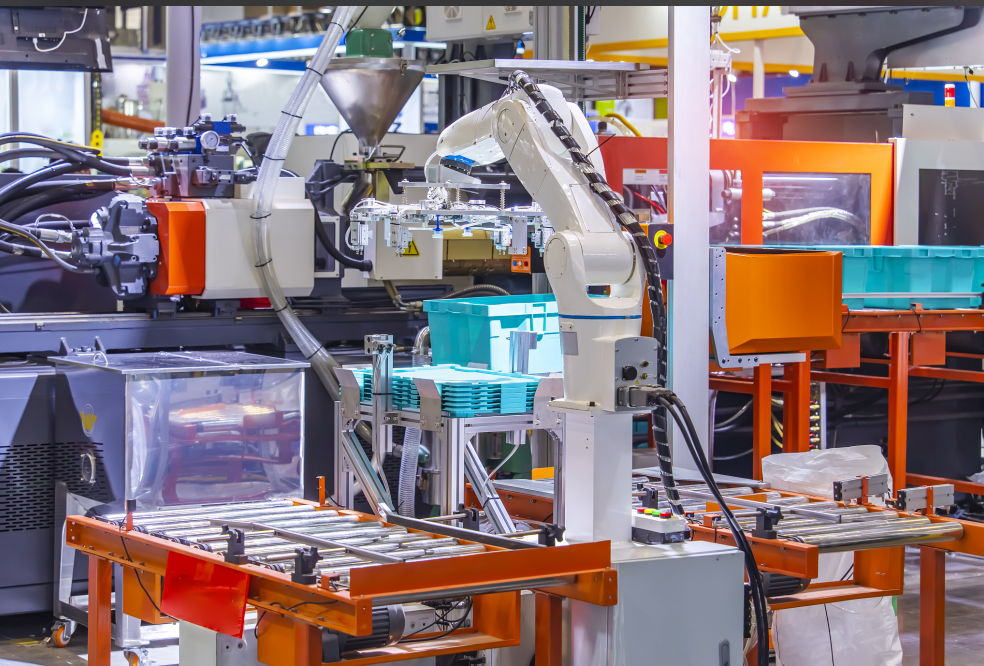Mengapa sangat penting untuk secara teratur merawat sistem vakum pneumatik Anda ?
Perawatan rutin pada sistem vakum pneumatik sangat penting untuk meningkatkan efisiensi produksi secara keseluruhan. Ini memastikan bahwa sistem beroperasi dalam kondisi optimal dan mengurangi kegagalan serta waktu henti. Pada saat yang sama, dengan menemukan masalah potensial secara tepat waktu, perawatan dapat mengurangi tingkat kegagalan dan mencegah masalah kecil menjadi kegagalan besar. Selain itu, kebiasaan perawatan yang baik membantu mengurangi aus dan kerusakan, sehingga memperpanjang umur peralatan dan mengurangi frekuensi serta biaya penggantian peralatan. Terakhir, perawatan juga dapat memastikan bahwa sistem beroperasi dalam batas aman dan menghindari kecelakaan keselamatan yang disebabkan oleh kegagalan.
Apa kesalahan umum pada sistem vakum pneumatik? ?
Kerusakan umum pada sistem pneumatik vakum meliputi kebocoran, tekanan tidak cukup, kebisingan berlebih, getaran abnormal, dan kegagalan sistem kontrol. Kebocoran akan mengakibatkan penurunan efisiensi sistem dan peningkatan konsumsi energi; tekanan tidak cukup biasanya disebabkan oleh kerusakan pompa atau penyumbatan pipa, yang memengaruhi hisapan dan efisiensi kerja; kebisingan berlebih sebagian besar disebabkan oleh aus komponen atau pelumasan yang tidak cukup, yang mungkin memengaruhi kenyamanan lingkungan operasi; getaran abnormal bisa disebabkan oleh pemasangan yang tidak benar atau kerusakan komponen, yang dapat menyebabkan kerusakan lebih lanjut pada peralatan; dan kegagalan sistem kontrol dapat mengakibatkan operasi yang tidak stabil atau tidak terkendali, memengaruhi operasi normal seluruh sistem. .
Bagaimana cara mengidentifikasi kegagalan sistem pneumatik vakum?
Identifikasi kerusakan yang efektif dapat dilakukan dengan berbagai cara, termasuk memeriksa secara teratur indikator seperti manometer dan flow meter untuk mendeteksi perubahan abnormal secara tepat waktu; memperhatikan suara peralatan saat beroperasi, karena suara aneh mungkin menunjukkan adanya kerusakan; memeriksa penampilan peralatan untuk kebocoran, kerusakan, atau karat; menguji hisap dan efisiensi peralatan untuk menentukan normalitasnya; dan menggunakan alat pemantauan seperti termometer inframerah atau analisis getaran untuk pemeriksaan lebih mendalam. Metode-metode ini dapat membantu mengidentifikasi masalah potensial secara tepat waktu dan memastikan operasi stabil sistem.
Seberapa sering sistem pneumatik vakum harus dirawat?
Perawatan sistem pneumatik vakum harus mengikuti rencana pemeriksaan dan pemeliharaan rutin: pemeriksaan harian mencakup pemantauan status operasi sistem, seperti tekanan, suhu, dan bunyi; pembersihan sederhana dan pelumasan, serta memeriksa kondisi sambungan dan segel setiap minggu; pemeriksaan menyeluruh setiap bulan, mengganti filter dan memeriksa operasi pompa dan motor; pemeriksaan mendalam setiap kuartal untuk mengevaluasi kinerja keseluruhan sistem dan mengganti komponen jika diperlukan; akhirnya, audit dan pemeliharaan sistem menyeluruh dilakukan setiap tahun untuk memastikan sistem selalu berada dalam kondisi operasi optimal.
Apa alat dan peralatan yang dibutuhkan untuk merawat sistem pneumatik vakum?
Alat dasar yang diperlukan untuk merawat sistem vakum pneumatik meliputi: obeng, kunci pas dan tang untuk mengetatkan dan melepas komponen; alat pembersih seperti sikat dan lap untuk membersihkan peralatan; alat pengukur seperti manometer dan flow meter untuk memantau status tekanan sistem dan aliran gas untuk memastikan operasi normal; alat diagnostik seperti termometer inframerah dan analisis getaran untuk memeriksa suhu dan getaran peralatan guna menentukan apakah terdapat kerusakan; peralatan pelumas seperti minyak pelumas dan pelumas pistol untuk pelumasan rutin pada bagian bergerak; dan peralatan keselamatan seperti sarung tangan dan kacamata pelindung untuk memastikan keselamatan operator selama pemeliharaan.


